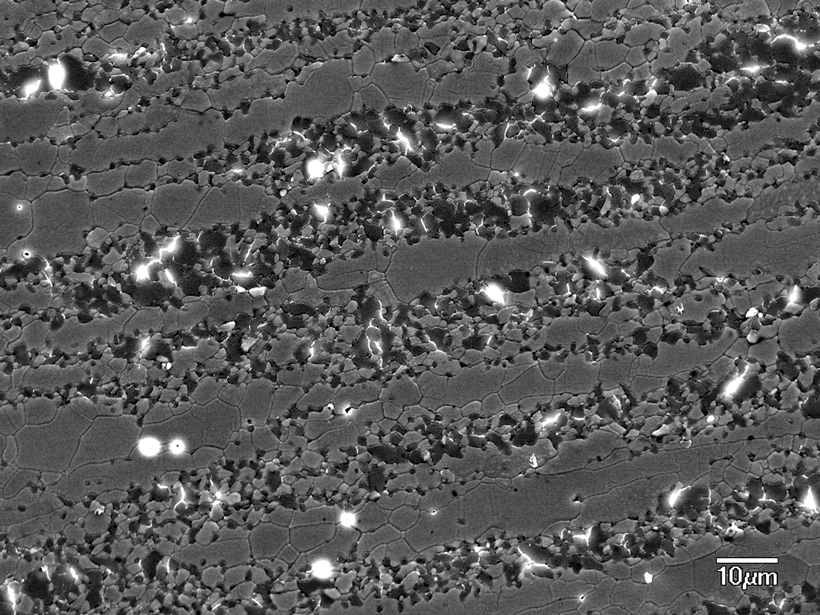Radar satellite imagery can be used to measure constructional changes in the topography of long-lived volcanoes, according to a new study of Ecuador’s El Reventador volcano.
Journal of Geophysical Research: Solid Earth
Testing a New Tool That Illuminates Tiny Fractures in Coal
A computational model outperforms a widely used microcomputed tomography imaging method in characterizing coal fractures.
What Feeds Indonesia’s Destructive Mud Eruption?
New advances in seismic investigations suggest links in plumbing between nearby magma volcanoes and a mud-erupting system that has been spewing for more than a decade.
The Curious Case of the Ultradeep 2015 Ogasawara Earthquake
Unusual ground motion associated with the deepest major earthquake in the seismological record is due to both its great depth and its origin away from the subducting slab.
Probing the Grain-Scale Processes That Drive Plate Tectonics
New experimental data suggest that rock composition may play a critical role in forming and perpetuating shear zones.
Looking Inside an Active Italian Volcano
Scientists use 3-D imaging to reveal Solfatara crater’s inner plumbing.
Tracing Water’s Path Through the Santa Clara Valley Aquifer
In an increasingly drought prone climate, scientists study the impacts of drought on aquifer systems.
A New Baseline to Monitor Earth’s Dynamic Surface
Researchers devise a new mathematical approach to combine space- and ground-based observations into an alternative reference frame for monitoring the changing positions of Earth’s features.
Quiet Volcanic Activity Changes Speed of Ambient Seismic Waves
Seismic data collected continuously for 4 years could improve understanding of geological structures that underlie Japan’s Izu Oshima volcanic island.
Revising an Innovative Way to Study Cascadia Megaquakes
Researchers probe natural environments near subduction zones to decrypt underlying mechanisms of major earthquakes.










